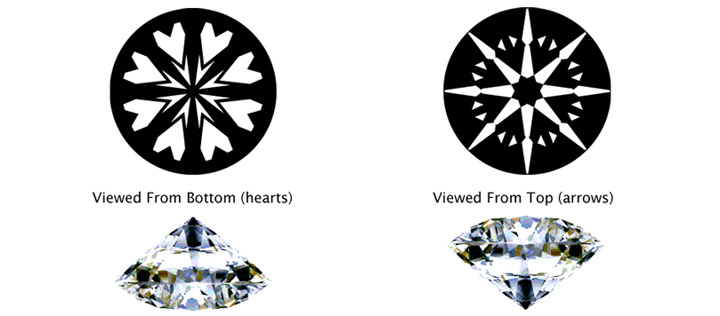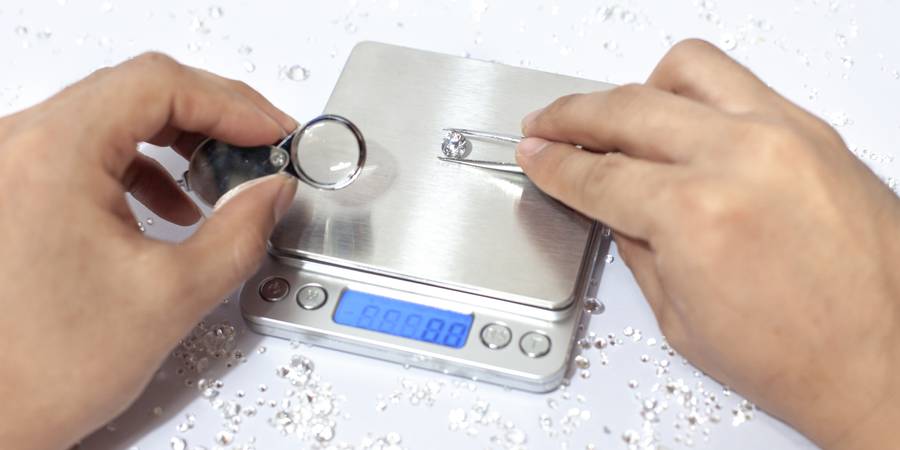50% OFF
Signup for the offer & get instant cashback at your first shopping.
Rijiya Gems!
The best alternative to mined diamonds
Fancy Shape

Brillant Round
The brilliant round diamond has set the standard for all other diamond shapes, and is loved for its sparkle and versatility. In addition to being the most popular and researched shape, a round diamond will typically give you more flexibility in terms of balancing cut, color, and clarity grades while still getting the fire and brilliance you want.

Oval
This even, perfectly symmetrical stone flatters small hands and shorter fingers—the diamond’s shape gives the illusion of lengthening the hand. When it comes to dazzle, the oval cut definitely has it, thanks to its contrasting silhouette which reflects and retracts light, creating a fiery shine.

Marquise
This elongated shape with pointed ends was inspired by the stunning smile of the Marquise de Pompadour and commissioned by France’s Louis XV, who wanted a diamond to mirror his mistress’ grin. Today this diamond is wildly popular - in recent years it was voted the favorite fancy diamond shape.

Pear
Combining the best of the oval and the marquise cut, its shape is reminiscent of a sparkling teardrop. The unique look of the pear shape helps make it a popular choice for a variety of diamond jewelry. If you choose an elongated pear shape, the length of the diamond creates a subtle slimming effect on the fingers.

Heart
This is perhaps the funkiest shape, embodying sparkle and brilliant beauty. The unique look of the heart-shaped diamond helps make it a distinctive choice for a variety of diamond jewelry.

Princess
This square or rectangular cut consists of both step and brilliant-cut facets, which produce serious sparkle. Its beautiful brilliance and unique cut makes it a favorite for engagement rings. The princess has pointed corners and is traditionally square in shape.

Asscher
This beautifully unique shape is nearly identical to the emerald-cut, except that it is square. Also, this shape has a pavilion that is cut with rectangular facets in the same style as the emerald-cut.

Emerald
What makes this shape different is its pavilion, which is cut with rectangular facets to create a unique optical appearance. Due to its larger, open table, this shape highlights the clarity of a diamond.

Radiant
Trimmed corners are the signature of this diamond, and they help make the radiant-cut a popular and versatile choice for jewelry. A radiant-cut looks equally beautiful set with either baguette or round side-diamonds. Radiant-cut diamonds can vary in their degree of rectangularity.

Cushion
This unique shape has been popular for more than a century. Cushion-cut diamonds (also known as "pillow-cut" diamonds) have rounded corners and larger facets to increase their brilliance. These larger facets highlight the diamond's clarity. Cushion-cut diamonds are available in shapes ranging from square to rectangular.
Fancy Color

Diamond color is a Fancy Colored Diamond’s most significant characteristic. In fact, unlike a colorless diamond where the 4C's (carat weight, clarity, color, and cut) are all equally important to the overall value, the color characteristic plays the most important role in the value of the diamond. With white diamonds the absence of color is what makes the diamonds so precious. However, in the case of fancy colored diamonds, the presence of color and the intensity of how it shines is specifically what increase the value of the stones.
First off, lets start with the basics. Most of you probably already know that there is a scale of diamond color from D to Z. D, of course, is completely colorless while Z is heavily tinted with yellow. But all along that scale from D to Z, the discussion is still about what are categorized as “white diamonds.” A Z color diamond is a heavily yellow tinted white diamond. The world of diamonds, though, is not limited to this scale. Diamonds falling off this scale are commonly called “Fancy Color Diamonds” or “Fancy Diamonds.” What Diamonds Are Considered “Fancy Color Diamonds”? Diamonds can either fall off this scale because they’re tinted with a shade other than yellow, or because the yellow color inside the diamond is so strong that the diamond is no longer considered a tinted white diamond, but rather a full fledged yellow diamond. Diamonds can come in a variety of colors. The chart below (from Page 12 of “Forever Brilliant: The Aurora Collection of Colored Diamonds”) is an excellent graphical display of the variety of colors in which diamonds can be found.
Hearts And Arrows
Hearts and Arrows diamonds are precision-cut round diamonds. Because of their exact angles and symmetry, they show a hearts-and-arrows pattern when viewed through a special tool. Arrows are visible from the top of the diamond, and hearts are visible when the diamond is face-down. The arrows in a well-cut diamond can be seen even without using a special tool. However, you have to see the diamond spot-on to see this pattern, and it's difficult to capture in images after the diamond is set in jewelry.

THE GRADING PROCESS

The first stage in diamond grading is weighing the diamond. Carat weight is the standard weight unit for gemstones. Diamond grading scales are calibrated to four decimal places to ensure accuracy. Carat weight is reported to two decimal places.Diamond color is graded in a standardized viewing environment. IGI gemologists analyze color in the D to Z color range with the diamond placed upside down, viewed through the side, to facilitate a neutral view. Grading color from the top is not practical because of three factors which may influence color appearance in normal viewing.
IGI grades clarity according to internationally accepted standards at 10X magnification, according to the visibility, size, number, location and nature of internal and surface characteristics at that magnification. Diamonds with characteristics which are immediately obvious or noticeable are likely candidates for the lower grades, whereas diamonds with characteristics which are minor, minute or extremely difficult upon initial analysis at that magnification may qualify for the higher grades.

The 4C's of the Diamonds
CUT

Used to define the shape and proportions of a diamond, the cut is an influential factor on the diamond's fire,sparkle and brilliance.
COLOR

The color ratings of diamonds are actually based on the absence of color.Ratings range from D (colorless) to Z(yellow), The less color the higher the grade.
CLARITY

Difficult to see with the naked eye, clarity is the degree to which a diamond is free from inclusions. Each diamonds receives a clarity grade on a scale of flawless to 13.
CARAT

People often mistake carats as a measurement of size, but they actually measure weight. Two diamonds of equal weight can have unequal value depending upon the cut, color, and clarity of each.

